Jaroslav Rössler

In 1917 Jaroslav Rössler began his career as an apprentice in the Prague studio of Frantisek Drtikol, where he learned the techniques of oil, bromoil, pigment and other printing techniques. From 1923 to 1925, he also made a series of his own photographs, using contrasts of geometrical areas of light, shade and reflections with different shades of black, grey and white tones, and geometric shapes cut from paper and cardboard.

some of my own example, inspired by his work
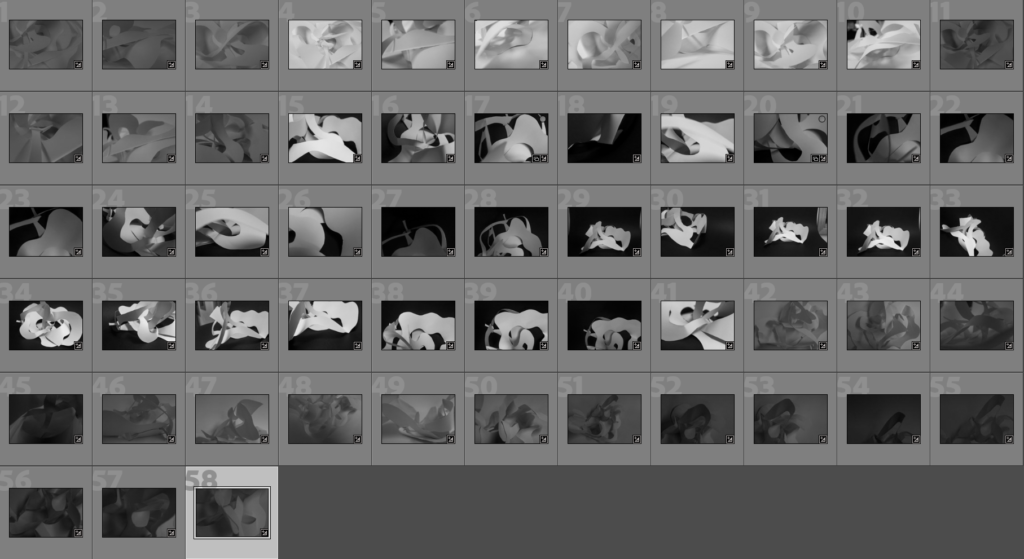
raw photos , which were the best


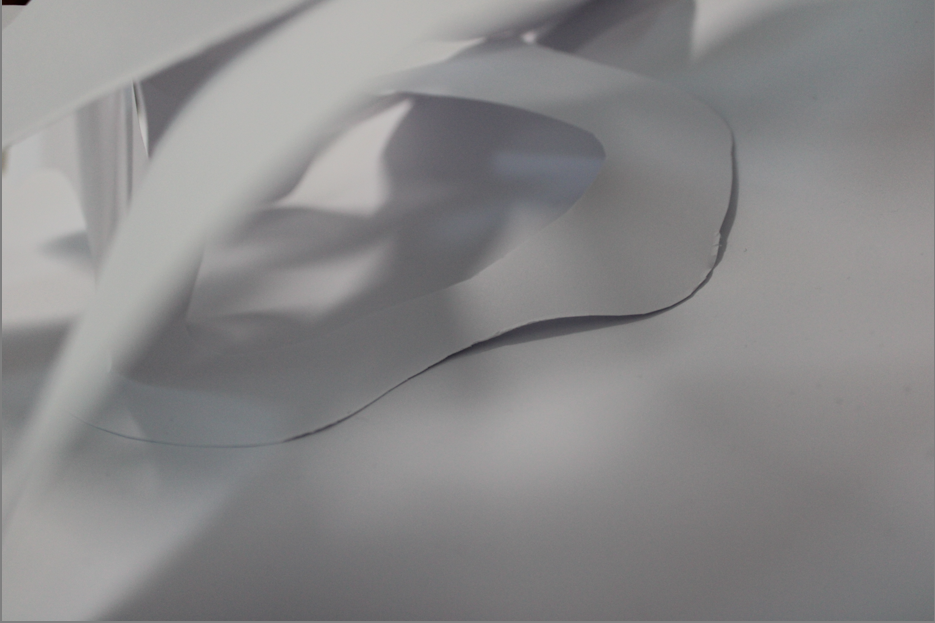




these photos edited

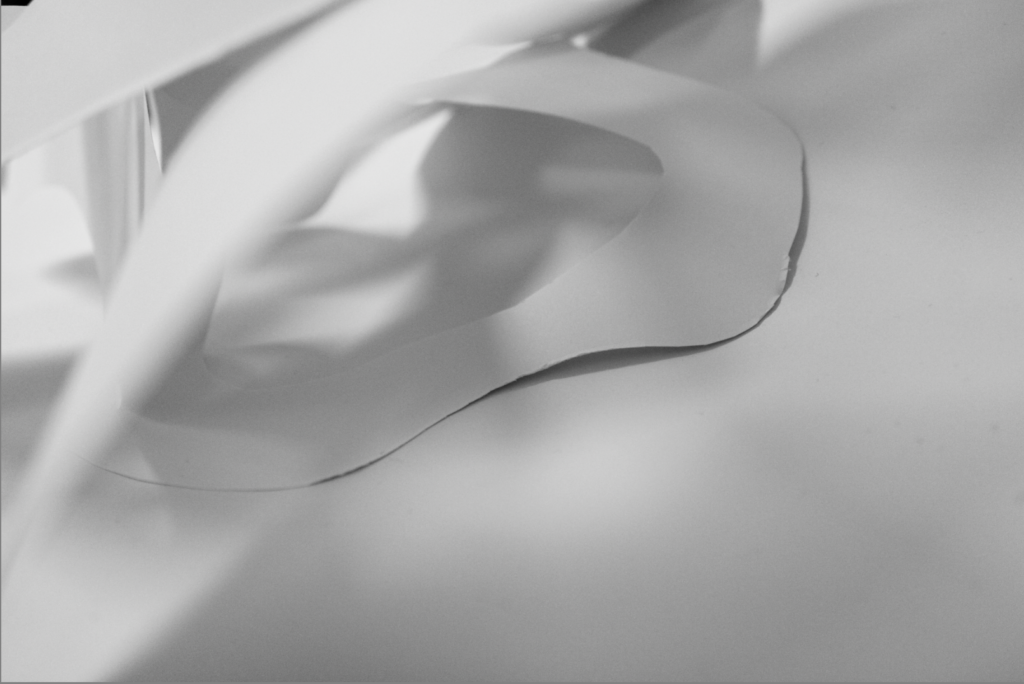
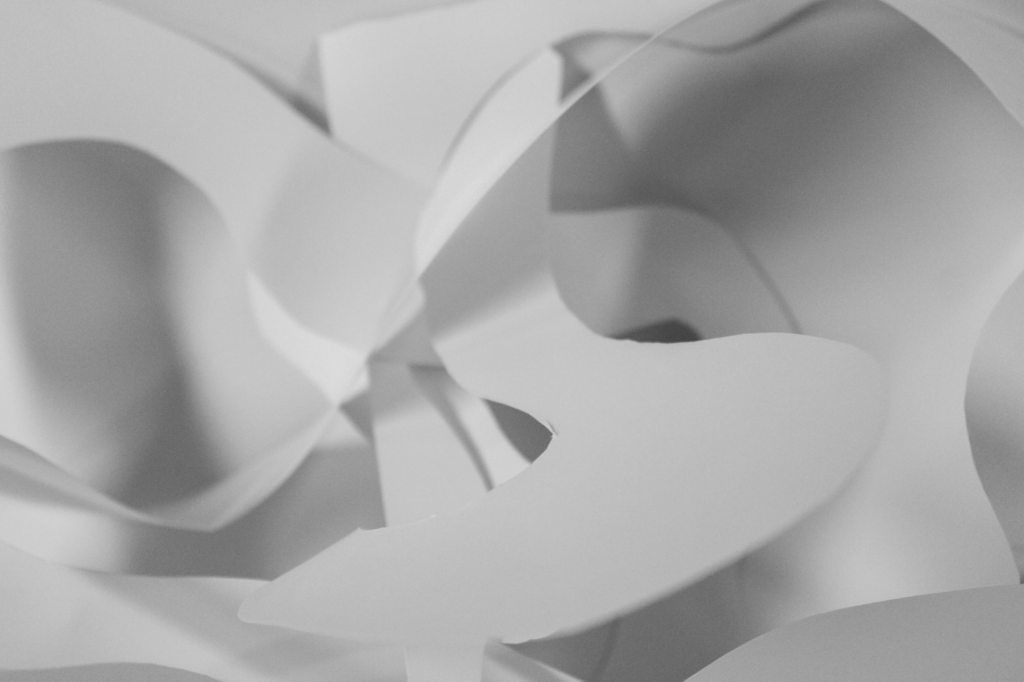
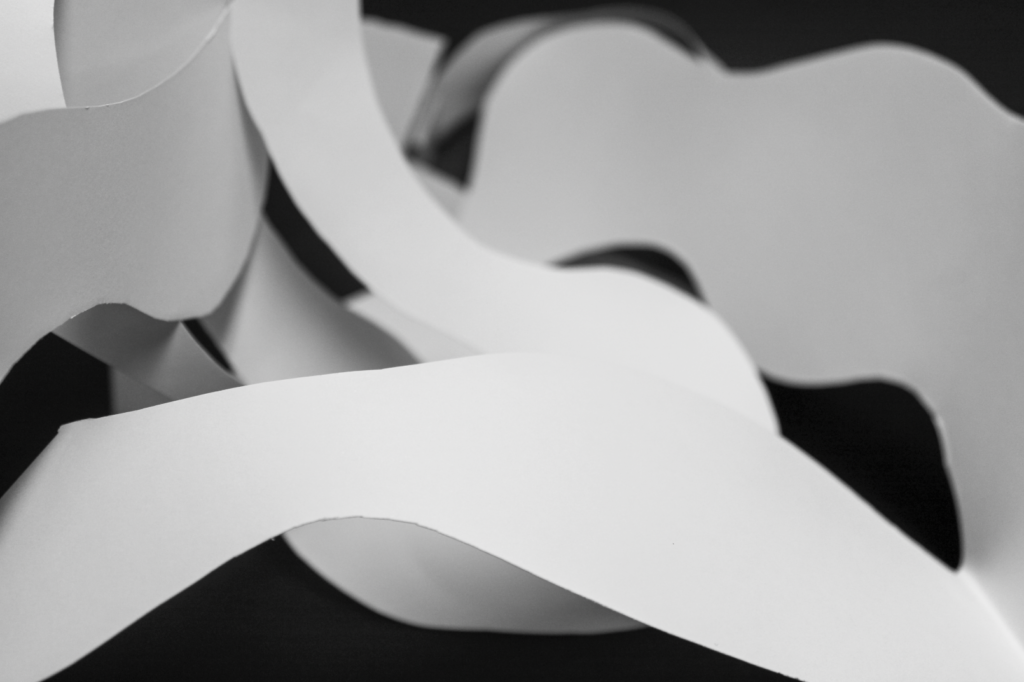
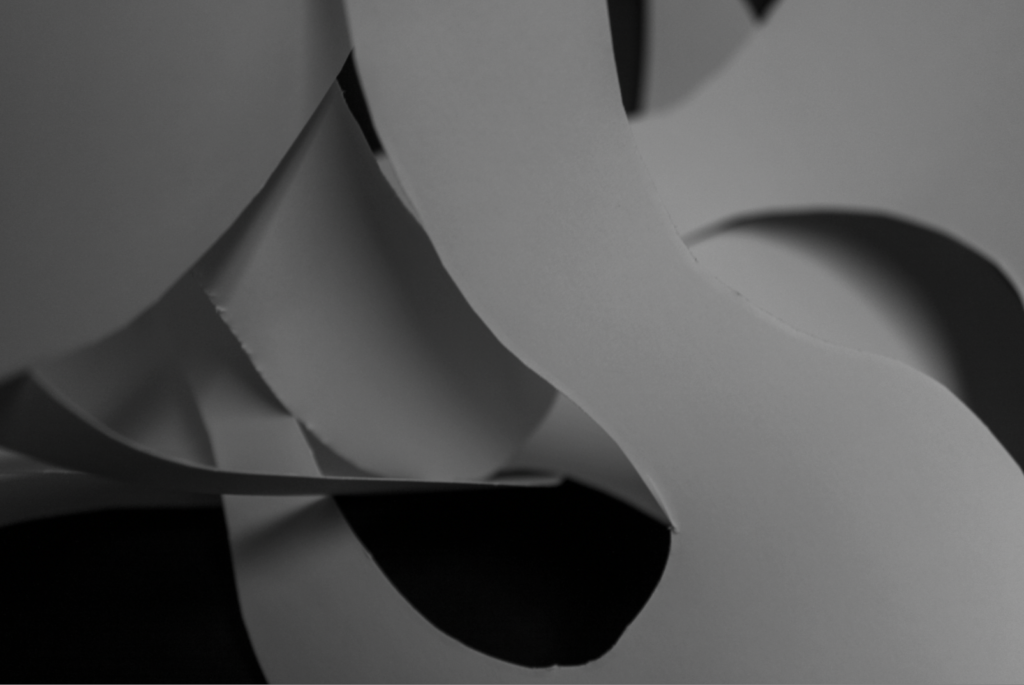
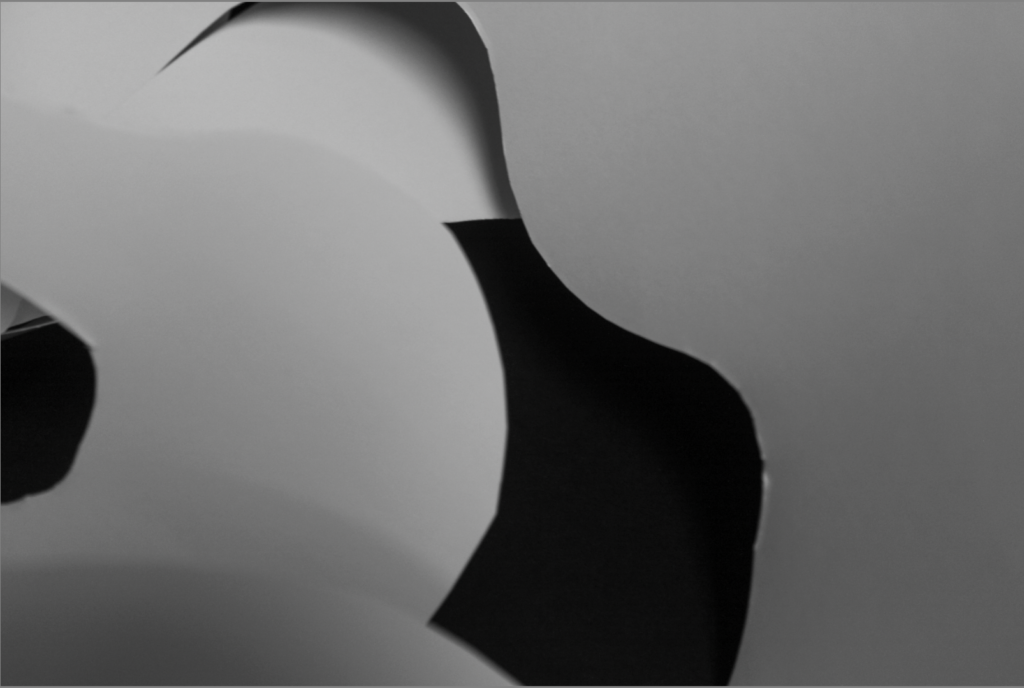
Francis Bruguière
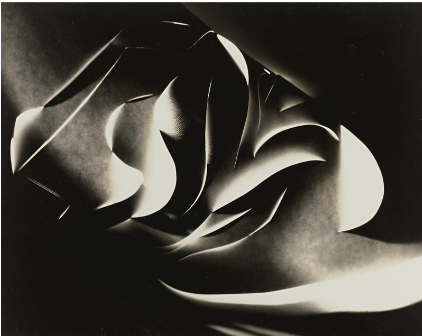
Born the youngest of four sons into a wealthy San Francisco family, Francis Bruguière was interested in painting, poetry, and music, and became an accomplished pianist. Upon his return from Europe, where he studied painting, he met Alfred Stieglitz at the 291 Gallery in New York and soon took up photography. While studying with Frank Eugene (Smith), Bruguière joined the Photo-Secession. Although he returned to San Francisco, Stieglitz published one of Bruguière’s photographs in Camera Work and included several in the groundbreaking 1910 Photo-Secessionist exhibition at the Albright-Knox Gallery in Buffalo, New York.
Around 1912 Bruguière began to experiment with multiple exposures. In 1918 he published a book of Pictorialism views of his hometown, titled San Francisco. Soon thereafter, he returned to New York, where he opened a new studio, and began his famous series of cut-paper abstractions. In 1928 he moved to London where he designed stage sets and photographic murals. The later years of his life were spent mostly in New York, where his attention turned increasingly to painting and sculpture.
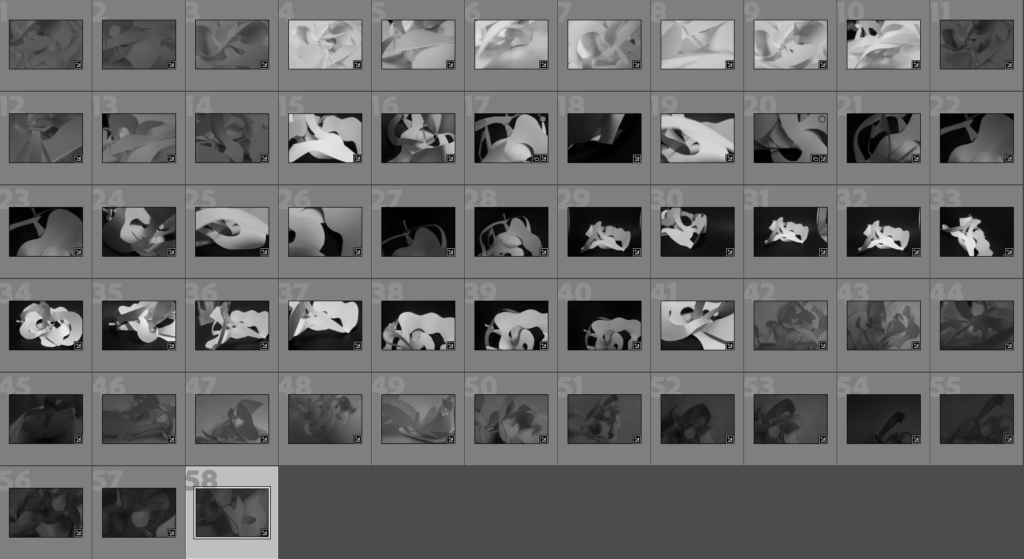
photos edited to look similar to his work and in a high key
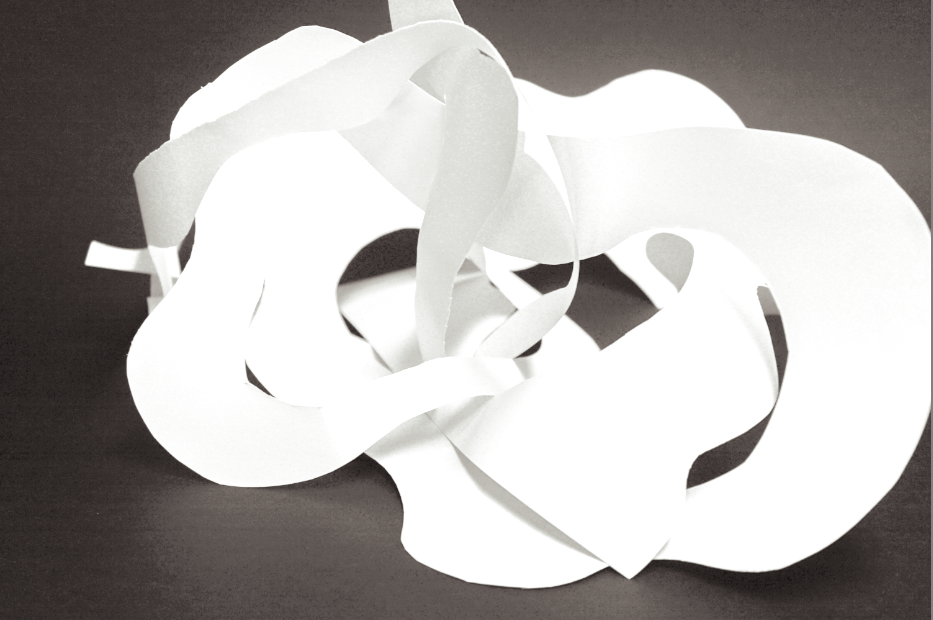
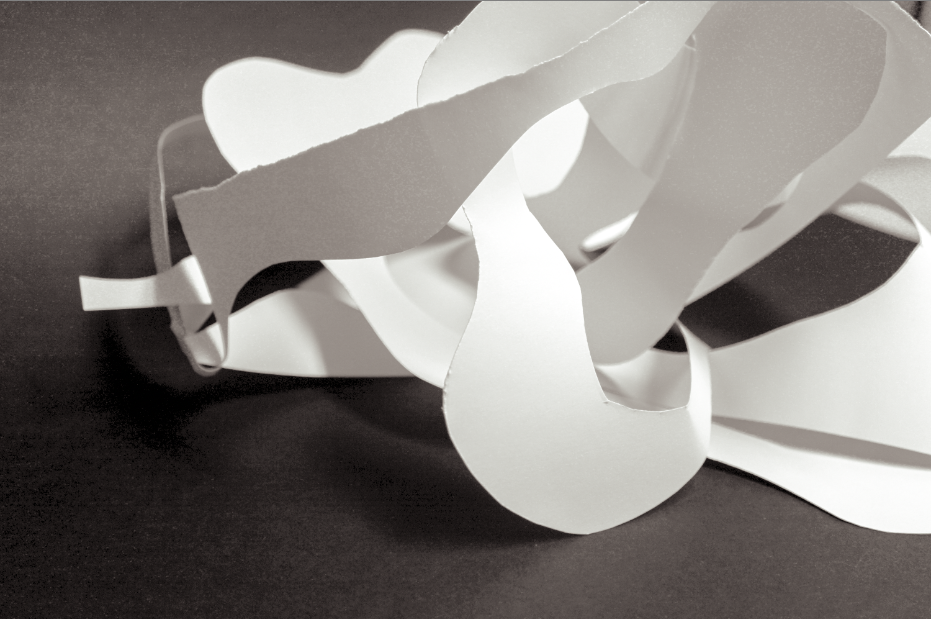
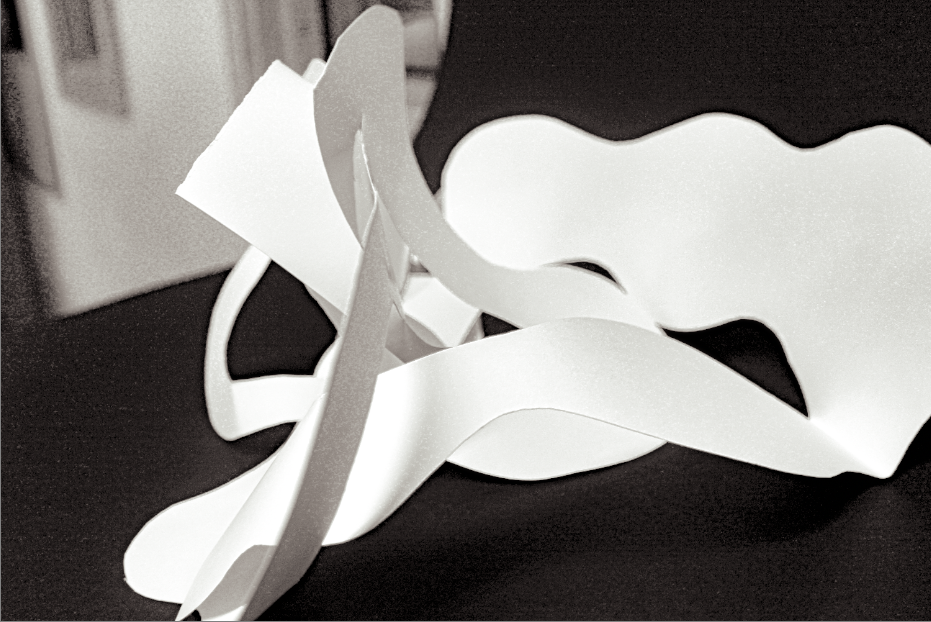
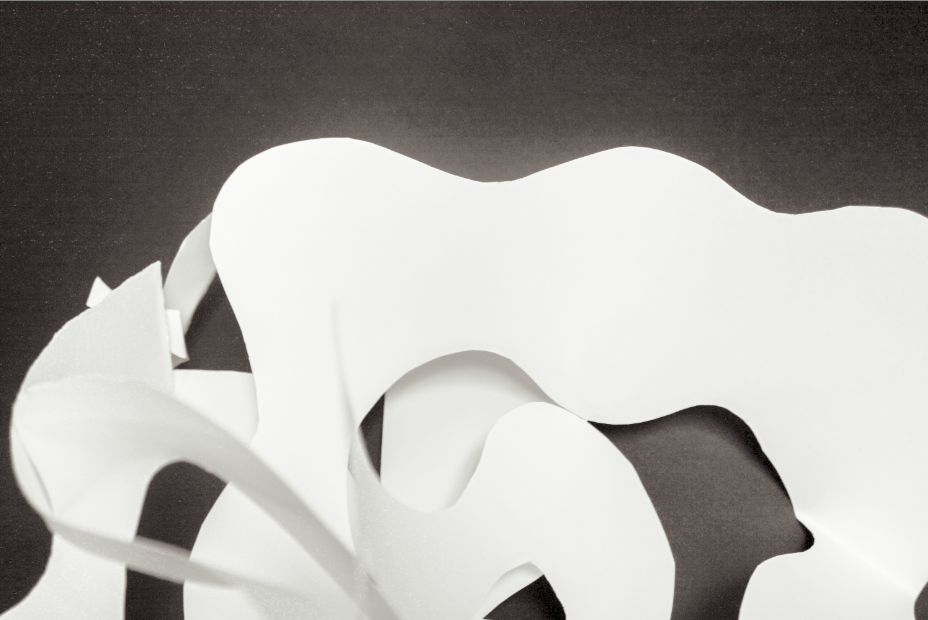
photos similar to his work but in a low key
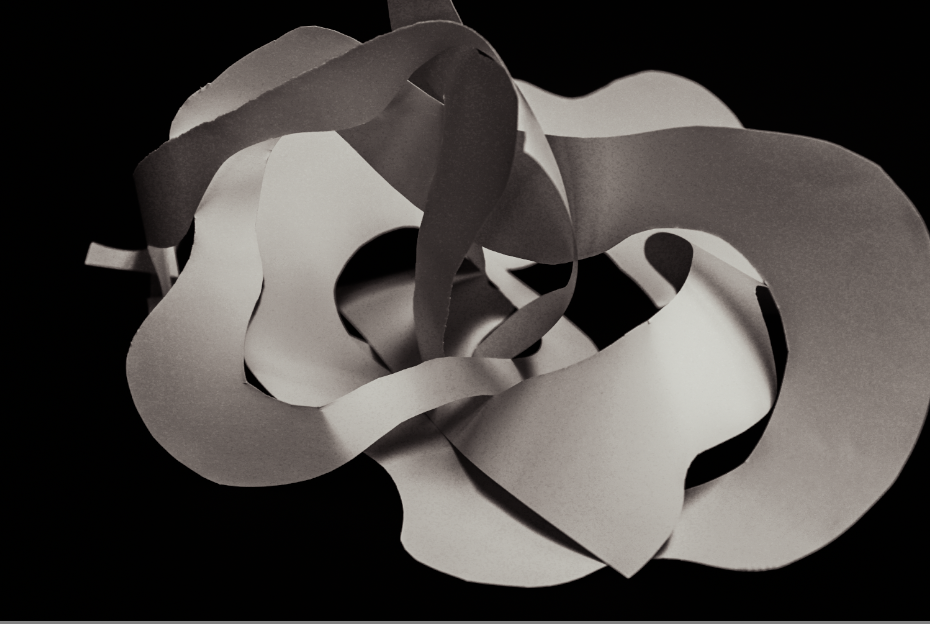
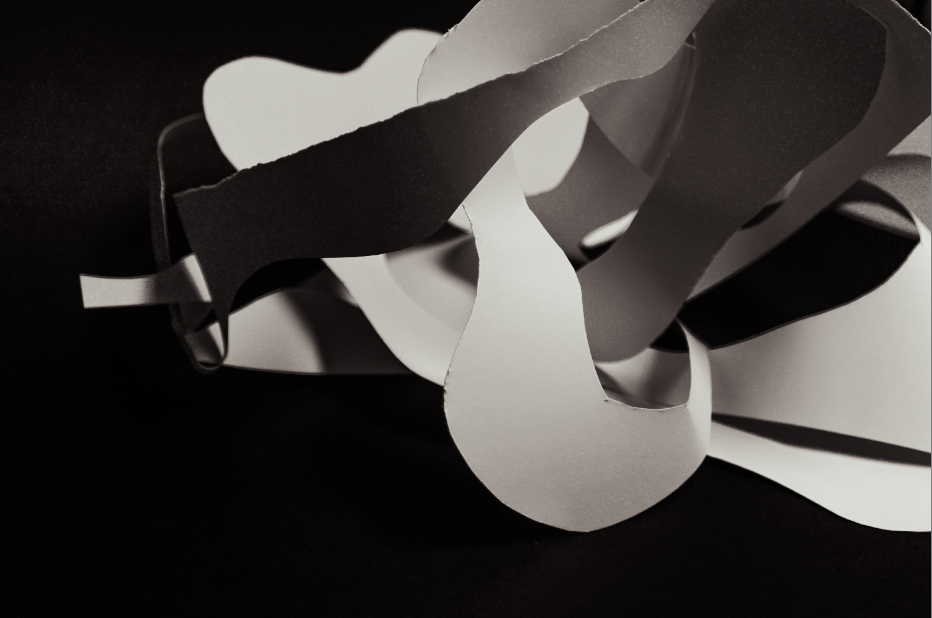
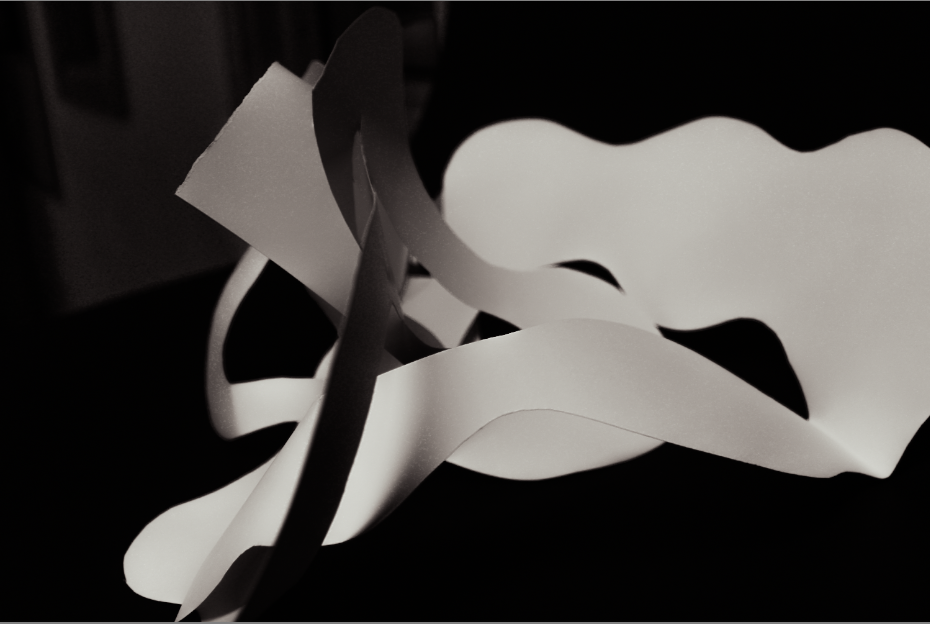
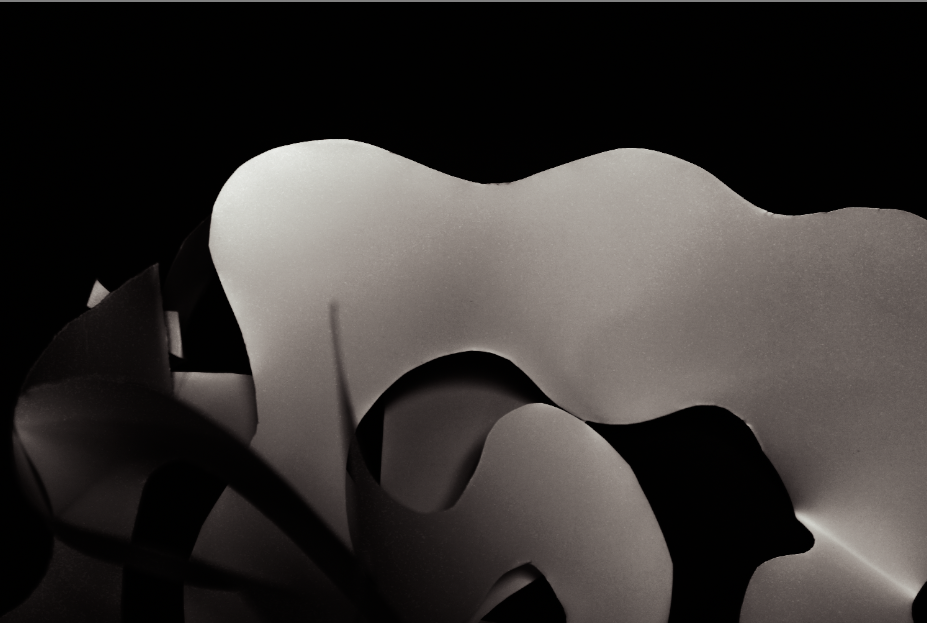
these photos that are similar to the artist, which have a formal element of texture from the complex shapes.
experiments with different types of editing
kaleidoscope effect –
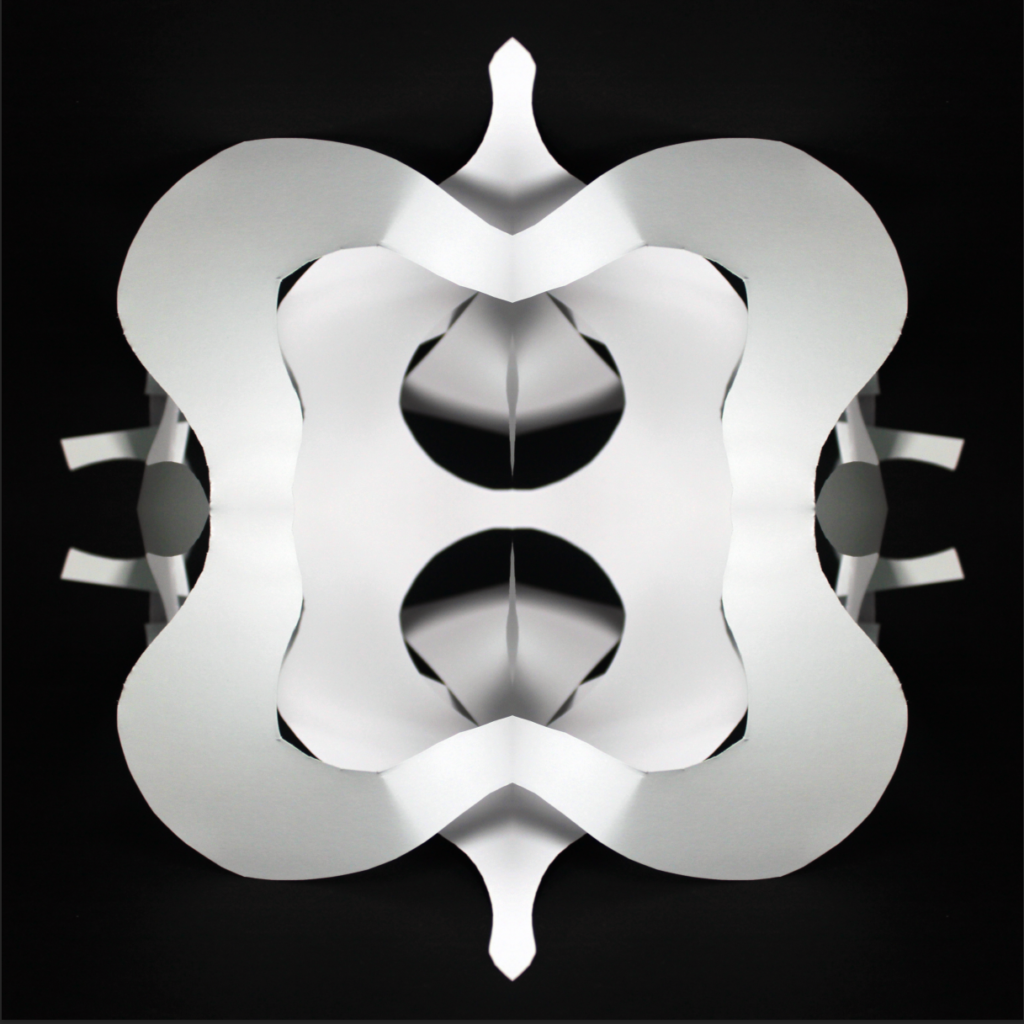
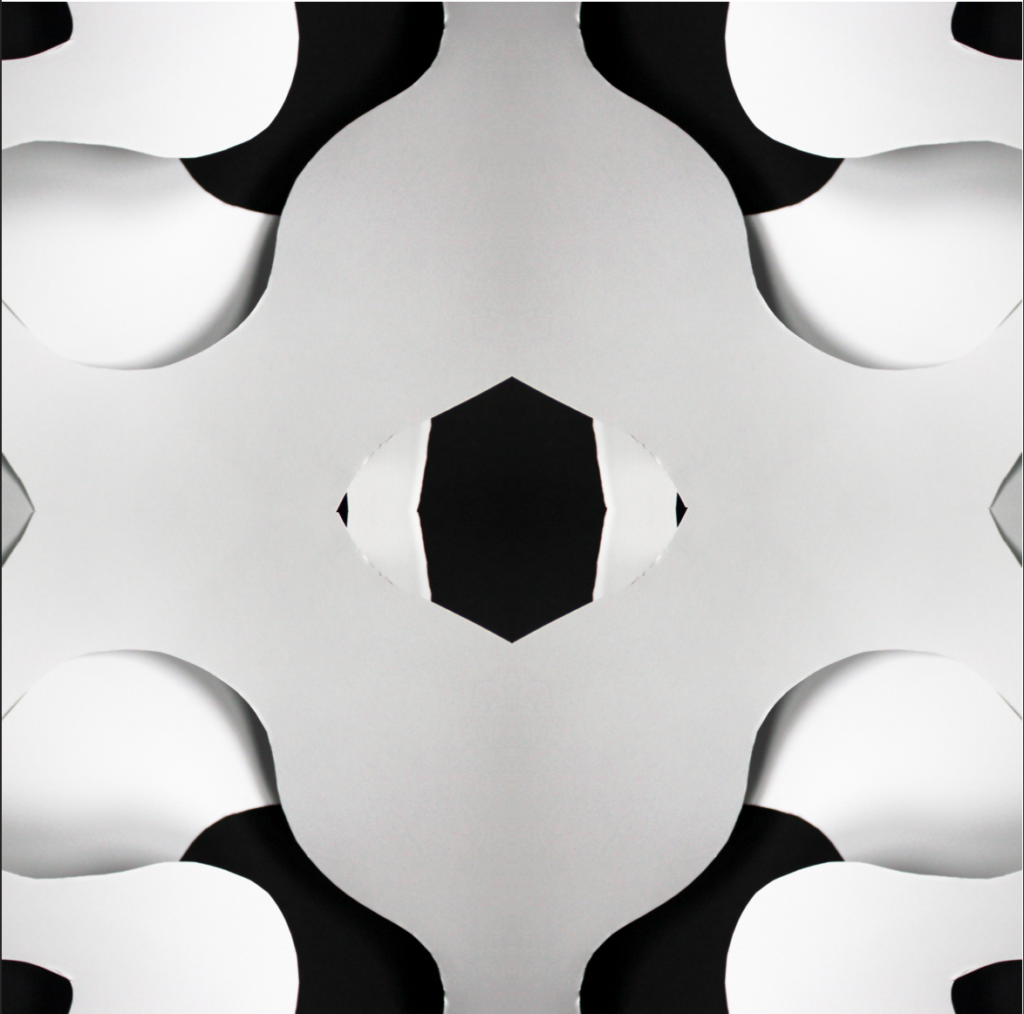
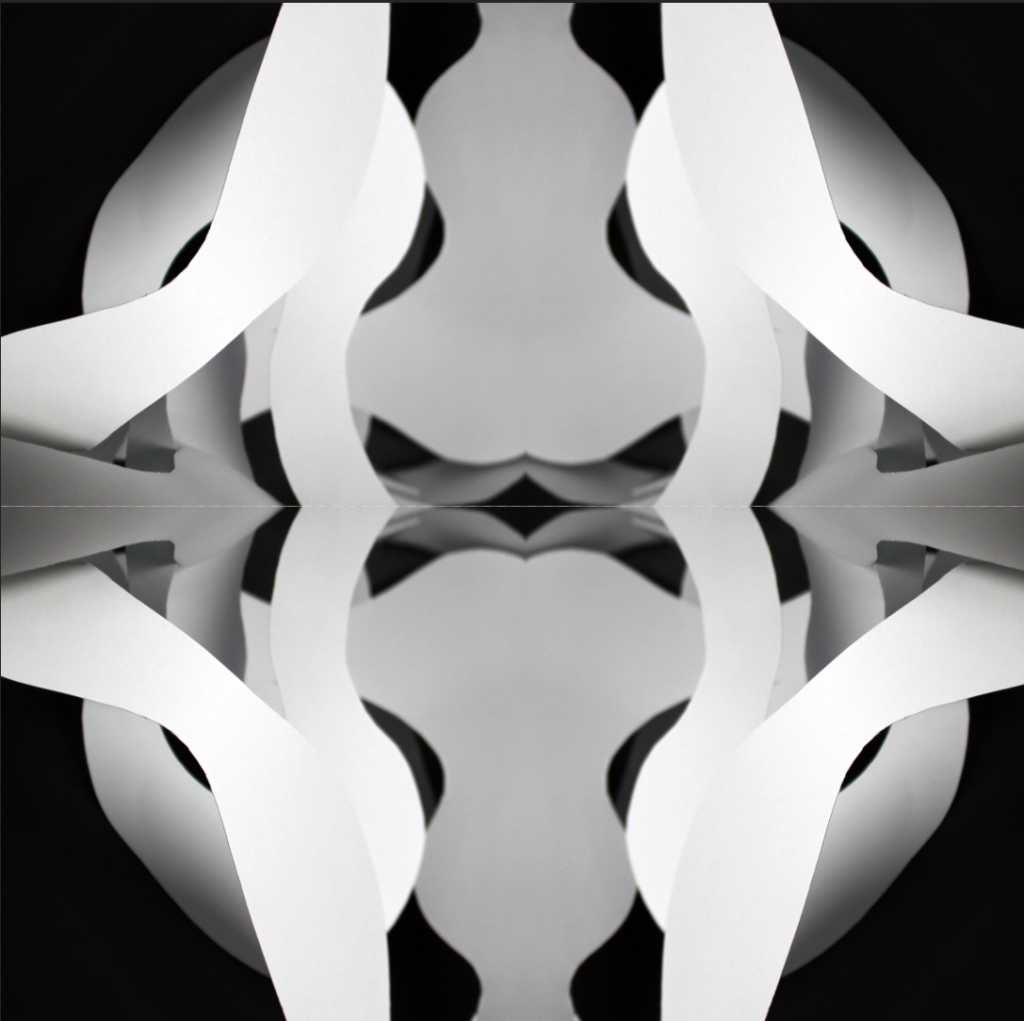
with these images I have used cropping to make them seem more abstract and not obvious that its paper. also theses connect to a formal element – pattern from these complex patterns made from being cropped. but not only that these photos have formal element shape cause complex shapes are seen in these photos.
gradient overlay
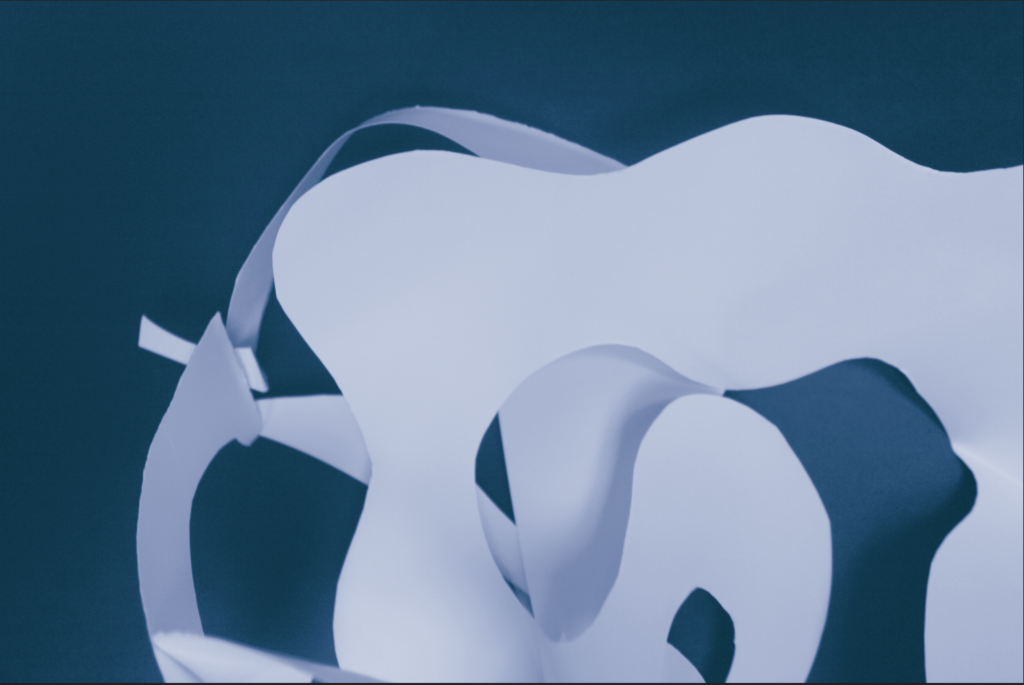

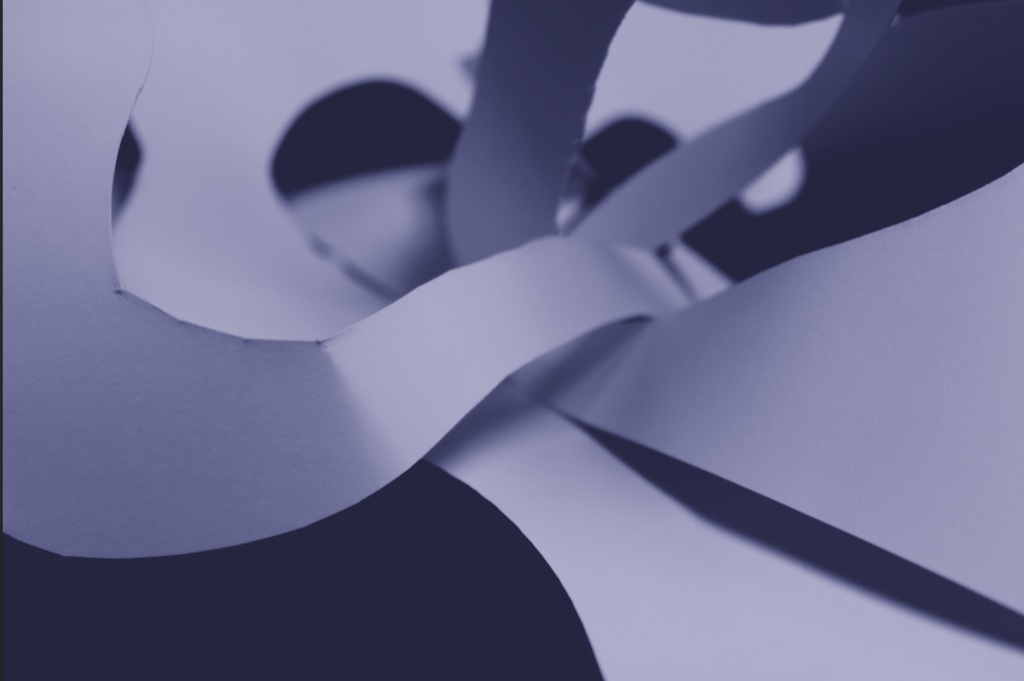
these images have a connection to a formal element – colour from the different shades of colour that show, which have been edited into these colours.
my final presentation
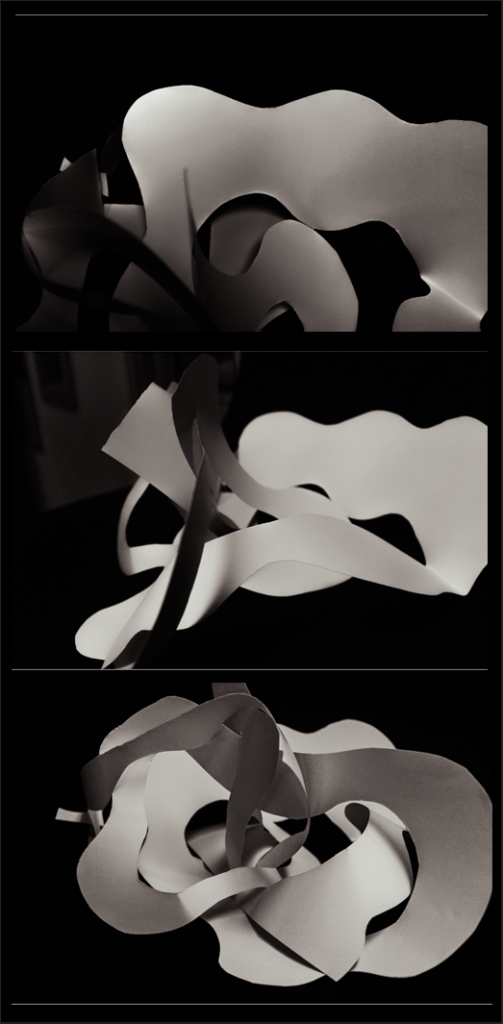
with these images iv just used a simple display cause by being simple you are able to focus on the photos unlike a complex display which will sometimes look confusing on where to look. which is also got many formal elements such as texture, space , pattern but not semantical and tone. which made me decide on these because it had the most of the formal elements compared to the other experiments, cause the other two only had one or two and is most in reference to the artists.
